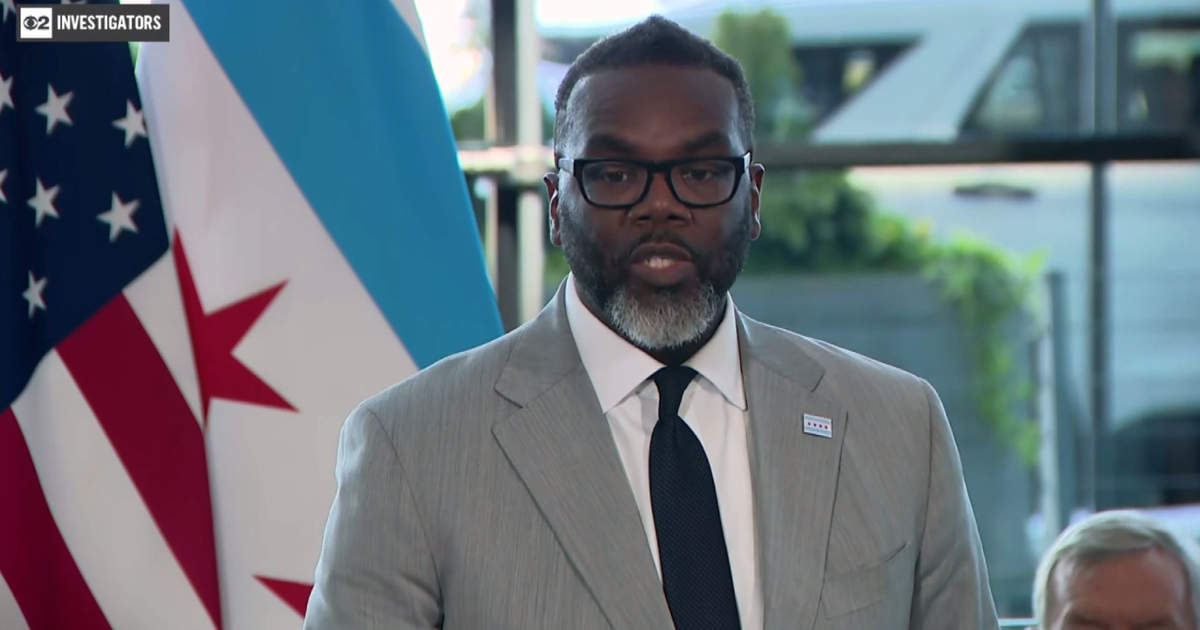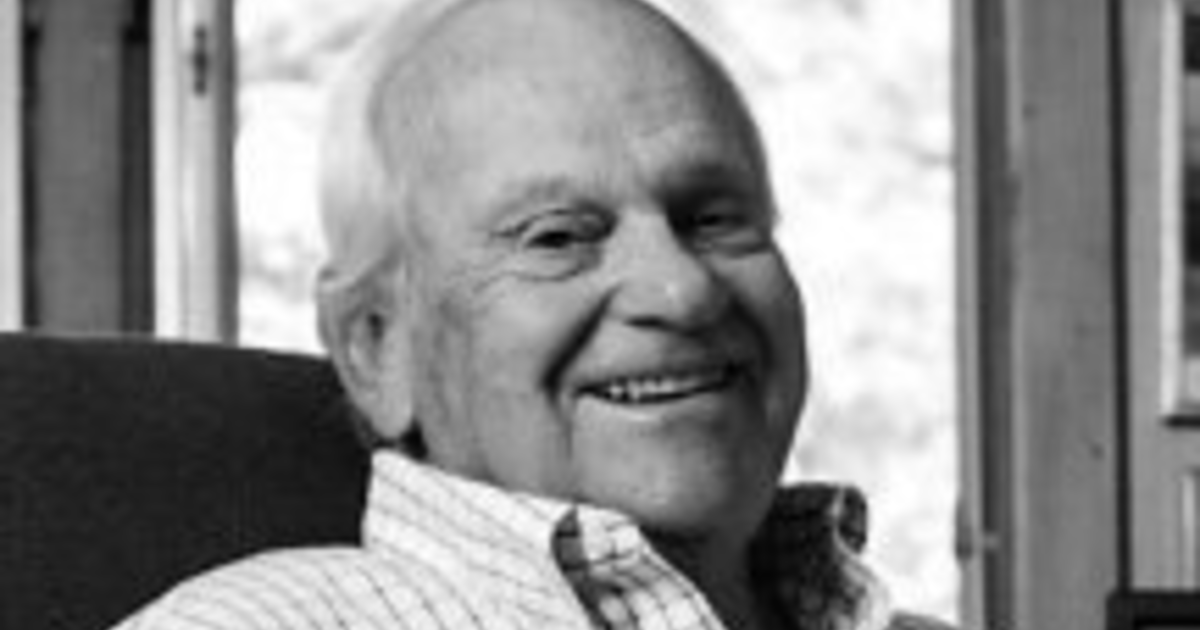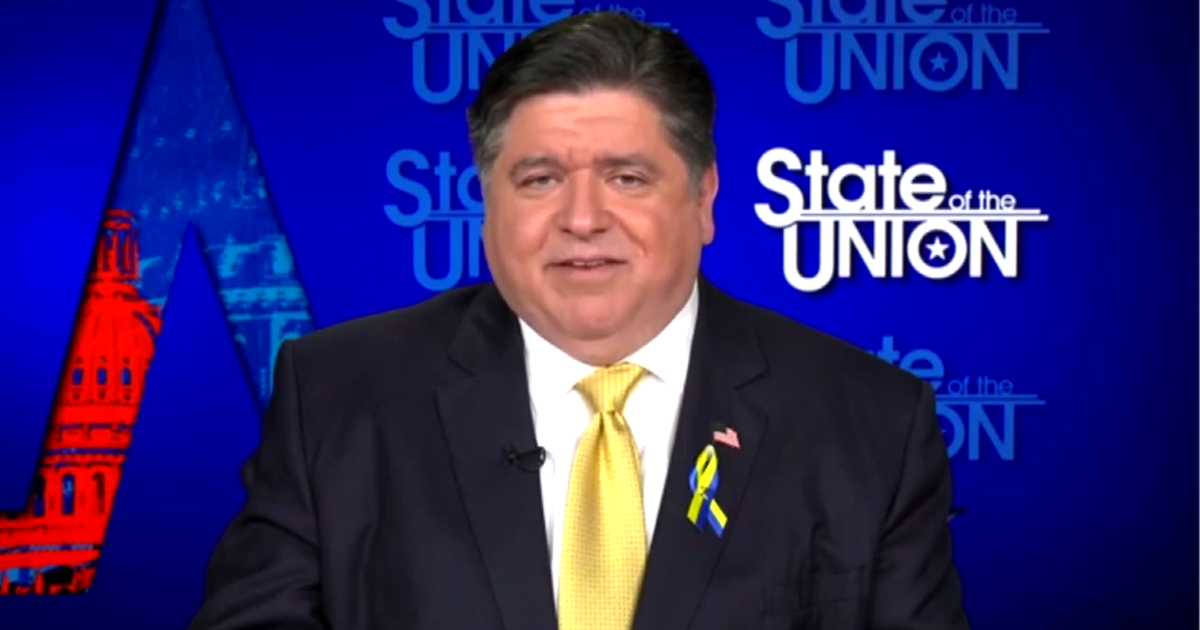History Of The Score: Chapter II - The AM 820 Years
By Daniel I. Dorfman-
"Good morning and good sports to you."
That was part of morning man Tom Shaer's introduction over WSCR on January 2, 1992 marking a new era of Chicago broadcasting.
"I felt a little nervous and a huge responsibility and I also felt this was a chance to prove some people wrong because a lot of people were really skeptical," Shaer recalled. "They thought it was going to be a Mickey Mouse thing which came and went quickly."
Ed Sherman, then the Chicago Tribune's college football writer, was the first guest. He and Shaer discussed the split national championship of Miami and the University of Washington. Chicago Mayor Richard M. Daley and football analyst John Madden called in later that day.
The Score was on the air but staff was adjusting to working in the small confines of the Belmont Avenue studios with their WXRT brethren close by and lack of state-of-the-art equipment.
Morning show producer Rick Gieser had to physically turn on the transmitter every day. Instead of using computers relaying information, producers had to write a caller's name and topic on a note card and then place it on a window so the host could see.
Not everybody could get acclimated. One of Dan McNeil's producers froze up and wasn't sure what to do when a big story broke in the station's infant days. That individual quickly decided to pursue a career in real estate.
In those early days, airtime was plentiful as commercials were few and far between. Hosts sometimes aired a 30- second public service announcement to make a mad dash to the bathroom. For the companies that did purchase ads, they could be bought for as little as $60.
However, the Score's internal issues paled in relation to the product hitting Chicago radios. Going in, management was comfortable with most of the hosts. Shaer was a polished broadcaster and McNeil had experience hosting under Chet Coppock. Brian Hanley and Terry Boers were respected journalists with solid insights. But no one knew what to expect from North and Jiggetts.
"They were an odd couple. Dan Jiggetts a former athlete, Harvard educated and Mike North no formal education to speak of and a Chicago street punk," said Seth Mason. "We just thought it had the potential to work."
That turned out to be a prophetic assessment about the duo that would become known as the "Monsters of the Midday".
"Three days in I remember sitting with Seth and saying this show has it," remembered former Program Director Ron Gleason.
With middays set, Score executives still had a revolving door in the afternoon. For the first several months McNeil was partnered mostly with Boers and Hanley, each working around their Sun-Times schedules. However, others were sprinkled in so McNeil dubbed himself, "the most polygamist man in radio."
Yet by August, Boers was ready to come on board full time leaving behind a newspaper career that he believed had run its course. Soon he and McNeil formed a steady partnership. At the suggestion of a listener who liked Dire Straits, they picked up the moniker of "The Heavy Fuel Crew."
To get name recognition for the station, Diamond purchased advertisements on TV, print, bus placards and billboards on Chicago expressways. All ads emphasized the nickname, not the call letters. That proved very beneficial in terms of brand building.
"They took WSCR and made it the Score," said Bruce DuMont, the Founder and President of the Museum of Broadcast Communications. (Editor's Note: Daniel I. Dorfman, the writer of this series, serves as Associate Producer of DuMont's nationally syndicated talk show.) "That was in the early wave of getting away from call letters in promoting your station. When you listen to a sports radio station what is the thing that every sports fan wants to know? They want to know the Score. Perfect!"
There was a scare when one of the early ratings reports indicated the station was not drawing any listeners, which seemed strange given there were jammed phone lines some days. The ratings agency soon detected a glitch in the methodology and confirmed people were tuning their radios to AM 820. Subsequent ratings books showed audience growth.
McNeil believes the plain spoken nature of the hosts was what fans were looking for in the early 1990s.
"People for a long time had grown tired of hearing guys behind microphones who were more desirous of protecting their relationship with teams and athletes than saying what they truly felt," McNeil said. "The Score was refreshing because we had a couple of guys there who were shoot from the hip and tell it like they see it and if it injures feelings along the way, so be it."
Of course that didn't mean the local teams were happy. In fact, quite the opposite.
"The first week we were getting calls from the PR departments and the higher ups," Gleason remembered. "What are you doing? You are ripping us?"
But that did not put the brakes on what the Score was trying to accomplish.
"My philosophy – and we always talked about this with our guys – is we want you to be as effusive in your praise as you are in the negativity. But we want this to sound like fans who care passionately about their teams," Gleason added. "Now it got vitriolic at times with what our guys were saying on the air and the teams had never experienced that."
While the Score did not mind going after the franchises, at the same time it was important to get players and executives to come on the air for interviews. For a wet-behind-the-ears station that could be a challenge and creative solutions had to be put into motion.
Gieser had a female intern walk around Chicago Bulls shootarounds dressed "enticingly but professionally."
"What I told her before was her job was to get Bulls home phone numbers and a number of Bulls players gave her (their) numbers and we were able to utilize those for future guest appearances," Gieser said. "You had to think outside of the box sometimes."
While the Score was doing enough in terms of ratings and sales to satisfy the executives who in baseball terms were only looking for a "double, not a home run," there was a thought that the station's climb would be steady but plodding. But then the 1992 Bears season began.
There was plenty to talk about in sports in the Score's first year. The Bulls had won their second straight NBA championship that summer and the Blackhawks had reached the Stanley Cup Finals. However, Chicago was then, and remains today, a Bears city.
The first indication of how important the Bears would be to the Score occurred when seven-time Pro Bowl center Jay Hligenberg was traded and irate callers immediately called in to vent. Bears President Mike McCaskey discussed the decision with Jiggetts and North and sparks quickly flew between North and McCaskey, with North openly questioning his football knowledge. McCaskey hung up, never to appear on the Score again.
North labeled that interview his "coming out party."
Bryan Harlan, then the Bears PR Director and who today represents four Score talents, looked at the confrontation this way.
"I don't think the issue was surprising because (Hilgenberg's) contract was obviously topical at the time but I think it was the exchange between North and McCaskey and the line of questioning from North that was probably the issue," Harlan said. "I would term it disrespectful, but in Mike North's defense he was fairly new at it and the whole back and forth didn't go well. It was one of those interviews that turned the wrong way and got a little personal both ways and it ended on a bad note."
Score management was divided about the interview. Mason thought it made for great radio, but Gleason was uncomfortable believing it got personal on ends. Regardless, it foreshadowed a period when another Mike with the Bears – this one named Ditka – gave the station local and national publicity beyond its wildest dreams.
In 1992, the walls came crashing down for Ditka and the Bears. A 5-11 season took Ditka's already inconsistent relationship with the press to the point where his access to the beat reporters was at best, limited. But the Score had an ace in the hole as Ditka signed up with the new station to be the home of his compensated radio program.
With Mt. Ditka prone to erupt at any moment, the Score was in demand from all parts of the media world.
"You had to listen to the show and I would be literally cutting up the show and there would be couriers coming from the TV stations to pick up cassette tapes so they could play them at night," said afternoon show producer Judd Sirott.
The Score received credit from the other outlets, thereby introducing itself to lots of potential listeners.
When Boers – with whom there was already bad blood – asked Ditka about not having a lot of fire anymore, Ditka said Boers was going up against what he had said before as a columnist and added, "Who Ya' Crappin'?" McNeil was listening and thought of an audience generated comedy bit that debuted soon after. Twenty years later, "Who Ya' Crappin'?" remains a Score staple.
Harlan was left in the unenviable position of trying to look out for the media corps, not just the new radio station, which was reaping the benefits of the situation. "I didn't think it was good for the rest of the media and I didn't think it was good for the club," he said. "At the end of the day it was probably one of the things that led to (Ditka's) downfall."
One memorable exchange that made national news occurred when Neil from Northlake questioned Ditka in less than flattering terms. In response, the Chicago Bears coach challenged him to come to his office and added, "I'll whip your ass."
"I was embarrassed for Ditka that he threatened to whip a listener's ass," afternoon host Dan McNeil noted. "Mike comported himself like a child that year. It was great for the Score, but it didn't do anything for him."
Ditka was fired after the '92 season, but served as an analyst for the Score during forthcoming football seasons until he was hired to coach the New Orleans Saints in 1997.
As the station gained a foothold in Chicago, not only were callers listening, so were a lot of newspaper executives.
"There is not a writer out there who didn't have an editor call up and say, 'This is what they are talking about (on the Score) and we have to have something about this tomorrow,'" said Sherman, now a columnist for Crain's Chicago Business and host of a seasonal golf program on the Score. "It definitely changed the agenda, having this constant conversation."
However, there was a sense among some writers that such follow-ups were not always necessary.
Sherman noted, "Just because they are talking about it on the radio does that make it a story? Why are we elevating something that may not be a story? I think there was a feeling of why were we responding to this?"
The fact the newspapers were paying such close attention indicated the reality the Score was clearly striking a chord with listeners, especially in the key demographic of men 25-54, who were enticed by the analysis as well as the entertainment.
To keep the product from getting too dry, the shows would mix in comedy bits, lots of one liners and occasional observations beyond the playing fields.
"There are times when sports are not all that interesting," Boers said. "So you have to figure out a way to show a little bit more of yourself and talk about other stuff. That was attractive to a lot of people and there was a lot of industry attention paid to it."
In addition, musical parodies produced by station personnel Tom Couch and Russ Mitera were big winners. Those would be used to tweak a situation in sports or once in a while have some fun with other hosts.
Then there was language and comments that pushed boundaries. It all fell under the guise to have "guy" talk on the station. The station went so far as to have an ad campaign that stated, "It's a guy thing."
But amidst that guy talk there was occasional sexual innuendo as well as gambling references and the hosts airing out the station's internal issues which didn't thrill executives.
"I don't think (it) served any purpose," Mason said of the sexual innuendo. "I think that only served to turn off some people or to keep a dad from listening to the show in the afternoon when he had his kid in the car."
Boers, who frequently used double entendre, did not back off.
"The most important thing you can do is be yourself," he said. "That is what we always did. The most successful shows in the history of radio have been guys who were edgy and over the line. That's who I am and I have always done that."
Given the emotional nature of sports, coupled with the intimacy of radio, the hosts became popular to many and polarizing to others. That led to some uncomfortable moments.
Human waste was sent to Boers and McNeil. More seriously, North got into a physical altercation with a fan after a remote broadcast and McNeil received an ominous fax involving one of his children forcing him to call the police and the FBI.
As the Score got popular, other radio executives started to pay attention.
McNeil and Boers looked into the possibility of syndicating their show and they were offered a morning drive slot in the Twin Cities. Jiggetts and North were courted by WFAN in 1994 to come to New York, an offer which had them hugging and screaming in joy. Everyone stayed in Chicago and turned down subsequent courtships when management signed them to much larger deals.
Good times were being had as North remembered saying to Jiggetts, "You know something Dan, no matter if I am hung over or what, someday we are going to be sitting on a bench somewhere when we are in our 70s saying where did the time go?"
Still the station was limited because it could not air 24 hours a day, despite persistent efforts to get a license to do so. That meant in the winter months the station could come on as late as 7:15 am and sign off at sunset.
"I'm driving to work at 6 and there is bumper to bumper traffic and all these people are in their cars and I don't know what station they are listening to, but I guarantee you this, they are not listening to me," Shaer recalled. "That was extremely frustrating."
In late 1994, Diamond management finally got word from the government they could go all day and night on 820, pending the construction of a tower that would strategically aim the signal.
But then something got in the way. Well, actually 77 million things got in the way.
In 1995, Lee was approached by Westinghouse Broadcasting to purchase both WXRT and the Score. In an ironic move given events several years later, Diamond reached out to Westinghouse to see if they would be interested in selling the 670 frequency, but Westinghouse reversed the situation and offered to buy WXRT and the Score. After some negotiations, the two stations were sold for a combined $77 million.
"It was a good time to sell," Lee said. "The market was as high as I had seen it in a long time. It made me comfortable and it was more money than I needed."
Westinghouse (through a series of acquisitions and mergers the Score ownership evolved into CBS Inc.) had different challenges in getting a 24 hour signal running. Then, due to FCC regulations over how many stations a company could own in a market, the decision was then made in 1997 to move the Score to the company-owned 1160 AM and sell 820.
After years of clamoring for a 24-hour signal, the station was going to move to 1160 and go to another level. As everyone quickly found out, things have a funny way of not working out sometimes.
About This Series
Daniel I. Dorfman is a Chicago-based writer who has maintained a freelance relationship with WSCR since October 2010.
Dorfman was permitted to pursue any line of questions he believed to be appropriate for this series.
Many current and former WSCR employees were approached to give their reflections on their time at WSCR. Some chose to participate, some did not.



